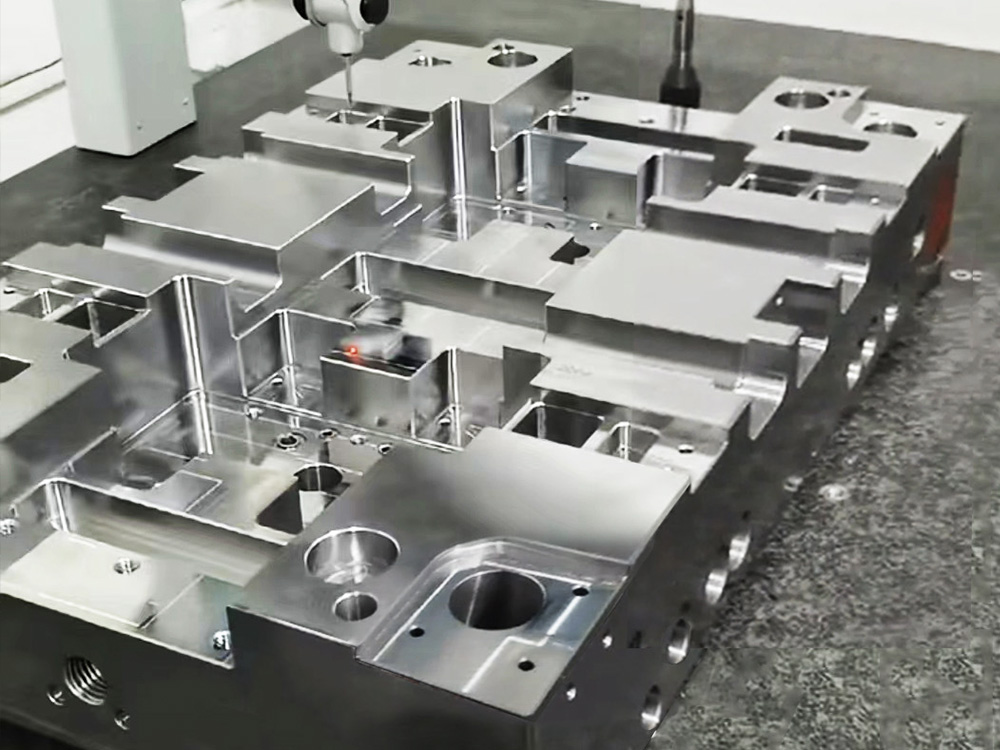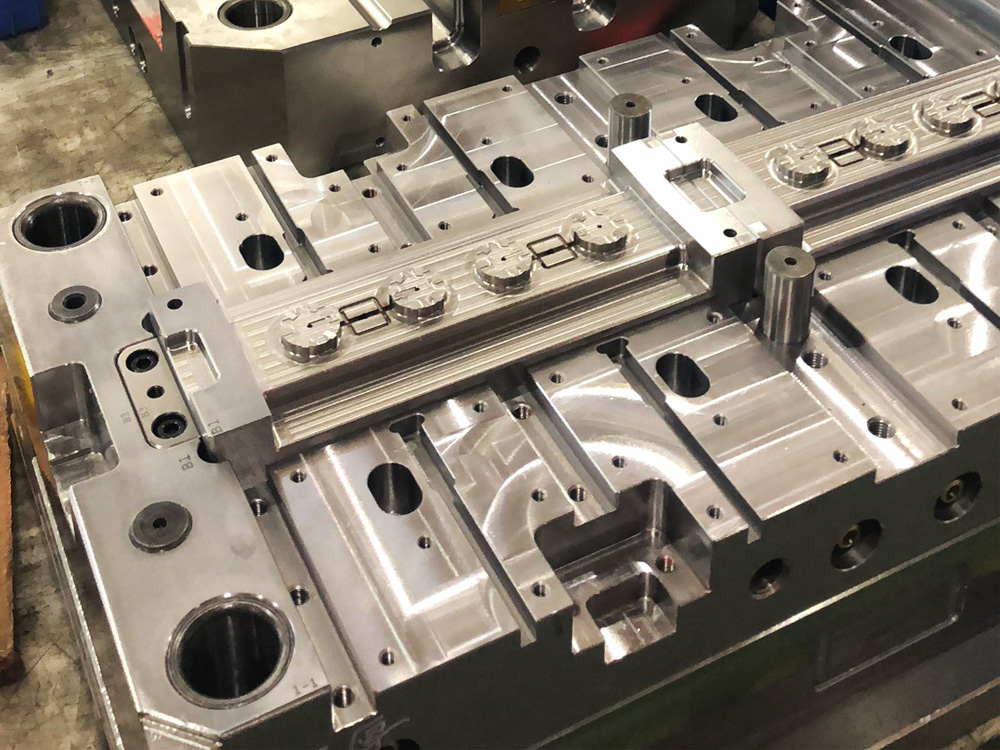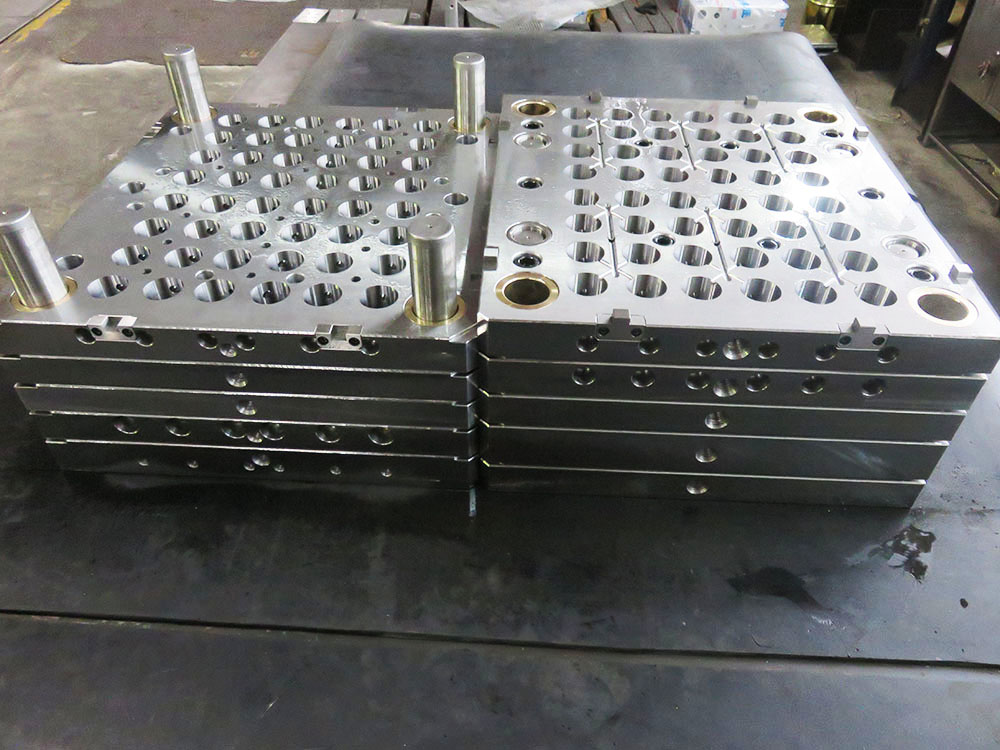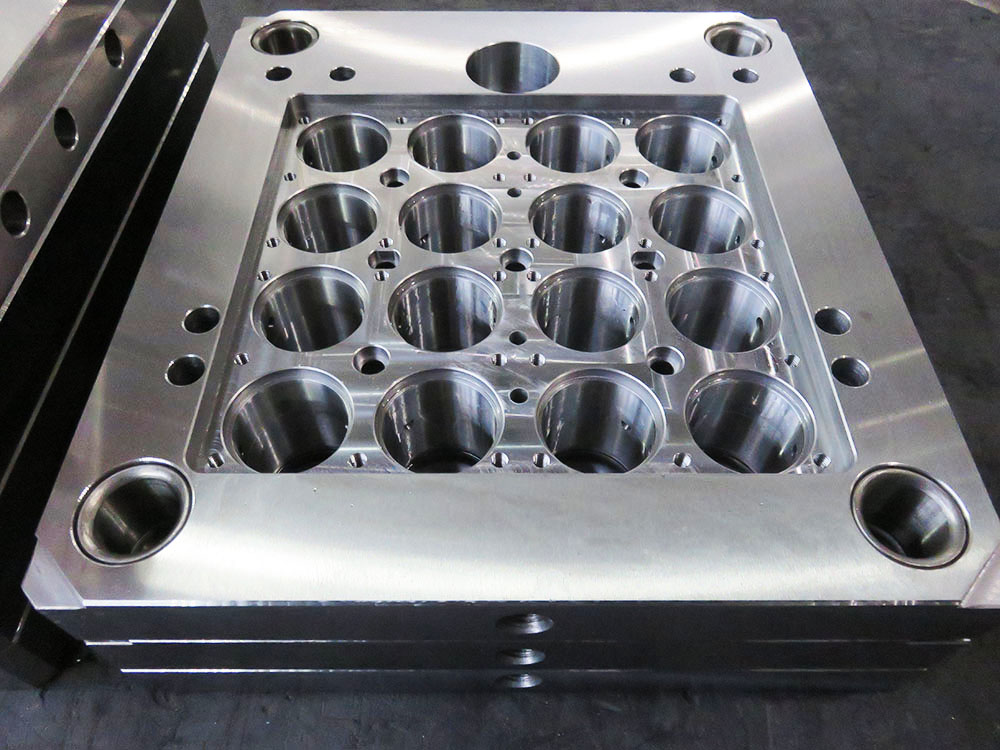How to Build a Support System Framework in the Mold Base Industry
Building a strong support system framework is crucial for success in the mold base industry. It helps in ensuring efficient operations, timely problem resolution, and overall customer satisfaction. In this article, we will discuss the key steps involved in constructing a robust support system framework.
1. Identify and Define Support Objectives
The first step in building a support system framework is to clearly identify and define the support objectives. Analyze the requirements of your customers and determine what type of support they expect from your organization. This could include technical assistance, troubleshooting guidance, or timely delivery of products. Once the objectives are defined, it becomes easier to design an effective support system.
2. Create Support Channels
Establishing various support channels is essential to cater to the diverse needs of your customers. These channels can include phone helplines, email support, online chat, or even on-site visits. Each channel should be accessible, well-maintained, and staffed with knowledgeable support personnel. This ensures that customers can easily reach out for assistance and receive prompt resolutions to their queries or problems.
3. Develop Support Documentation
Support documentation plays a vital role in enabling customers to understand and troubleshoot common issues. Develop comprehensive user manuals and guides that are easy to comprehend. These documents should include step-by-step instructions, diagrams, and troubleshooting tips. Regularly update the documentation based on customer feedback and changing product specifications.
4. Train Support Staff
Properly trained support staff are crucial for delivering effective support services. Train your support team on product knowledge, troubleshooting techniques, and customer service skills. Conduct regular workshops and training sessions to keep them updated with the latest industry trends and developments. It is also important to emphasize the significance of empathy and effective communication in resolving customer issues.
5. Implement a Ticketing System
A ticketing system helps streamline support operations by keeping track of customer issues and assigning them to the appropriate support personnel. This ensures that no queries or problems are overlooked, and customers receive timely responses. Implement a ticketing system that allows for easy categorization, prioritization, and monitoring of support tickets. It should also provide analytics and reporting features to identify recurring issues and areas of improvement.
6. Foster Customer Feedback
Regularly seeking customer feedback allows you to assess the effectiveness of your support system framework. Implement mechanisms such as surveys, feedback forms, or follow-up calls to gather valuable insights from your customers. Analyze the feedback received and take necessary actions to enhance your support system based on the identified areas for improvement. This continuous improvement cycle will help you deliver better support experiences to your customers.
Conclusion
Building a support system framework is a crucial aspect of success in the mold base industry. By identifying objectives, establishing support channels, developing documentation, training staff, implementing a ticketing system, and fostering customer feedback, you can create a robust and efficient support system. Remember, a strong support system enhances customer satisfaction, builds trust, and sets your organization apart from competitors in the mold base industry.




